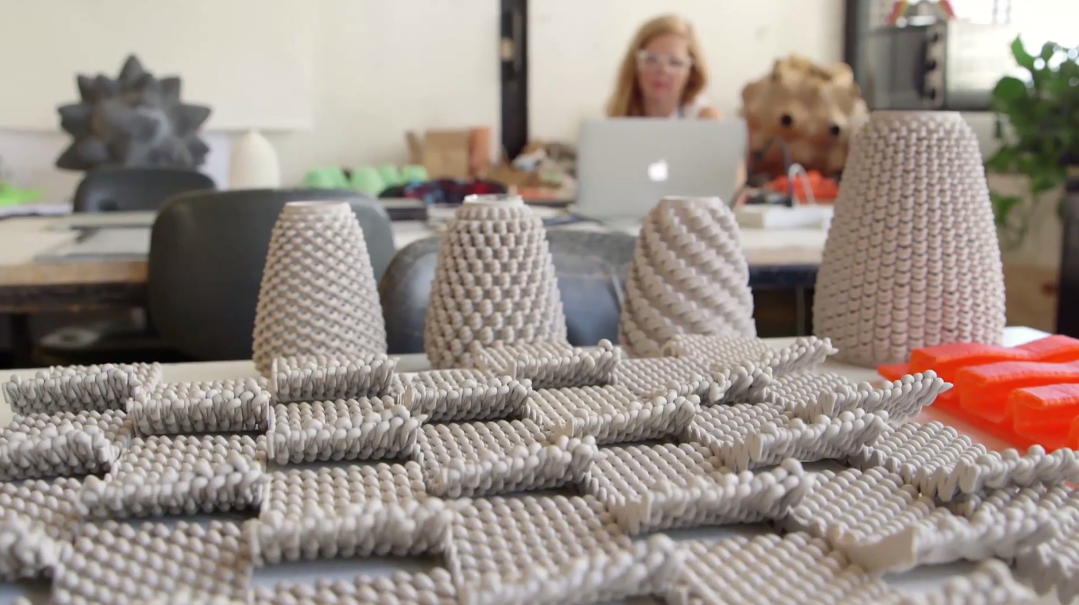In the realm of modern manufacturing, 3D printing has emerged as a transformative technology, breaking barriers and redefining possibilities. While it may have started as a method to create simple plastic prototypes, 3D printing has moved far beyond its initial limitations, exploring horizons that were once considered unattainable.
At the heart of this technological revolution lies the ability to utilize materials far beyond traditional plastics. While plastic-based 3D printing is still prevalent and valuable, the innovation extends to a multitude of materials, including metals, ceramics, and even organic compounds. This expansion has ushered in a new era where industries can explore the uncharted territories of design and functionality.
One of the groundbreaking aspects of 3D printing is its capability to fabricate complex structures that were previously impossible or highly impractical using traditional manufacturing methods. In fields like aerospace and automotive engineering, 3D printing allows for the creation of intricate components that are not only lightweight but also incredibly durable. This has led to advancements in fuel efficiency, structural integrity, and overall performance of vehicles and aircraft.
Furthermore, the medical industry has embraced 3D printing for the customization of implants and prosthetics. Unlike generic, mass-produced medical devices, 3D printing enables the production of personalized implants tailored to individual patients’ unique anatomies. This not only enhances the effectiveness of these implants but also significantly reduces recovery times and discomfort for patients.
Beyond traditional manufacturing, 3D printing has found its way into architecture and construction. The technology allows architects to conceptualize and construct intricate building designs with unprecedented precision. Entire houses can be 3D printed layer by layer, offering a potential solution to housing shortages and providing affordable, sustainable housing options.
In the realm of art and design, 3D printing has opened avenues for unparalleled creativity. Artists and designers can now materialize their most intricate and imaginative concepts into tangible forms. Sculptures, jewelry, and fashion are just a few areas where 3D printing is pushing the boundaries of artistic expression. The ability to experiment with various materials, textures, and forms has given rise to a new wave of artistic innovation.
The limitless possibilities of 3D printed tech are not confined to Earth alone. Researchers and scientists are exploring the potential of 3D printing in space exploration. The prospect of creating tools, equipment, and even habitats on other planets using locally sourced materials and 3D printing technology is not a distant dream anymore. It could revolutionize space missions, making them more self-sustaining and cost-effective.
As we venture deeper into the digital age, the synergy between 3D printing and other cutting-edge technologies like artificial intelligence and robotics is reshaping the landscape of innovation. AI-driven algorithms optimize 3D designs for maximum efficiency, while robotic arms equipped with 3D printers can create large-scale structures with unparalleled precision. This convergence of technologies is creating a future where the boundaries between the virtual and physical worlds blur, opening doors to unprecedented opportunities.
In conclusion, the phrase “Beyond Plastic” encapsulates the essence of the 3D printing revolution. It signifies a paradigm shift from conventional manufacturing methods to a realm where imagination knows no bounds. As 3D printing continues to evolve, its impact on various industries and aspects of human life is profound and transformative, promising a future where the limits of what we can create are defined only by the boundaries of our creativity.

